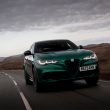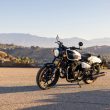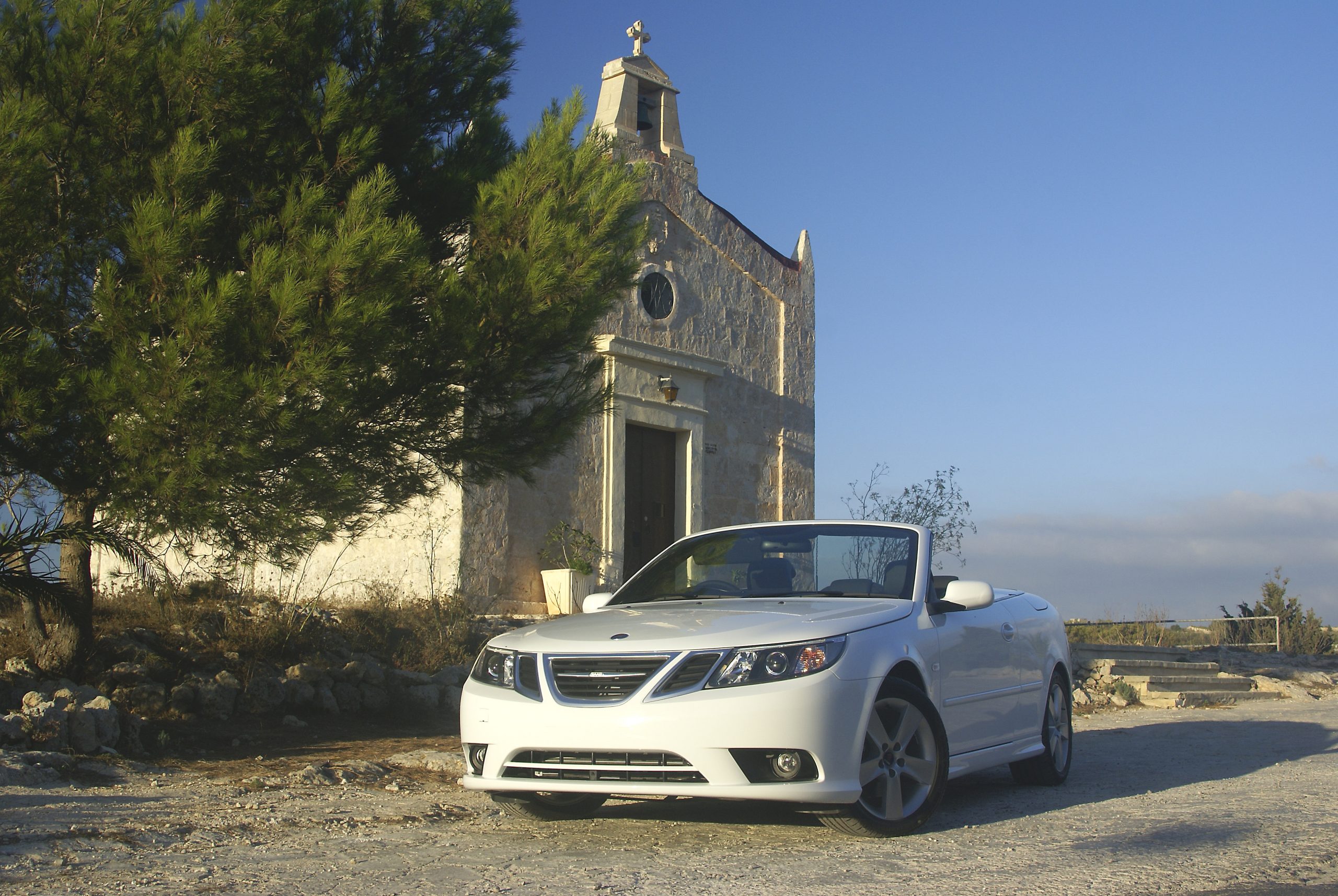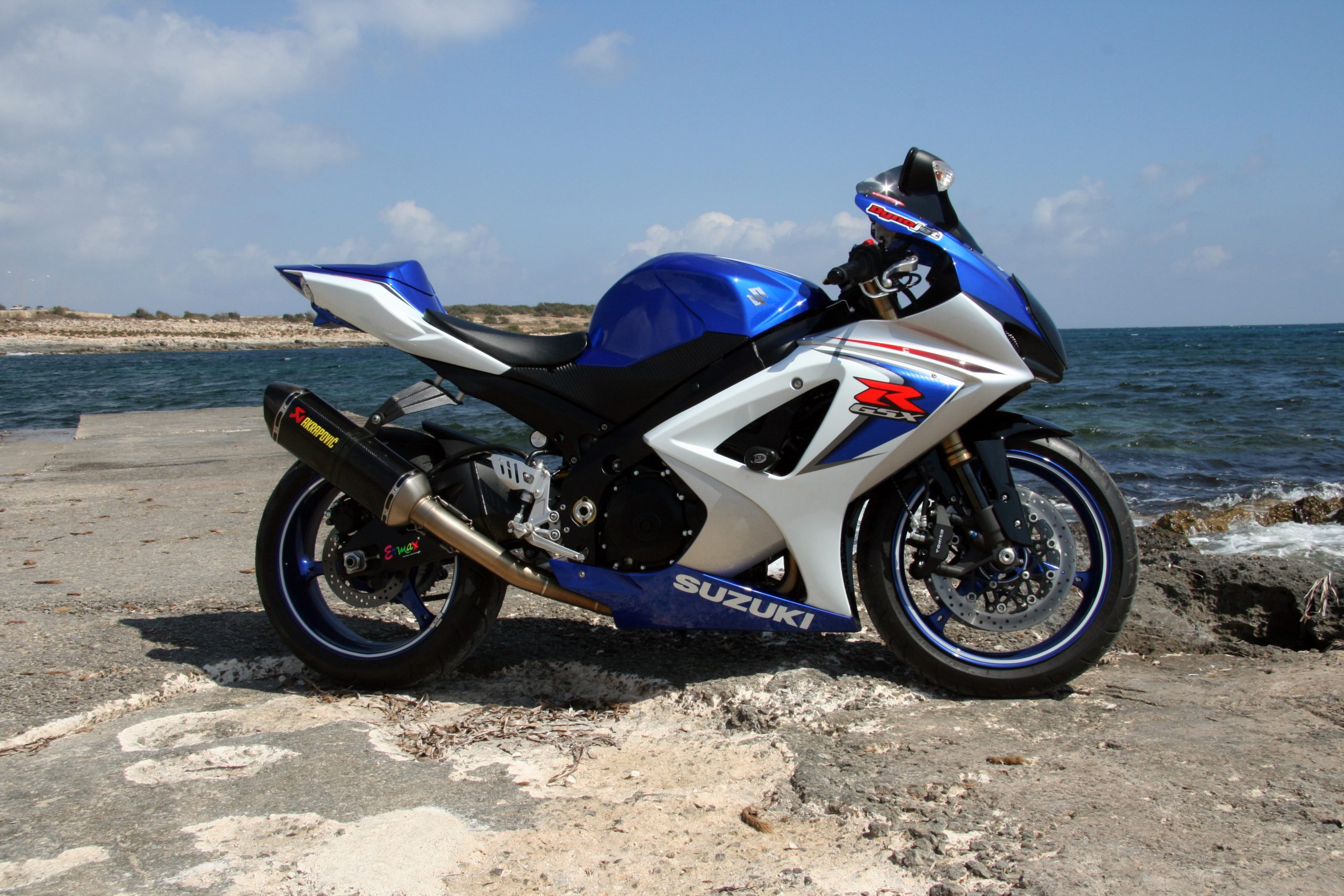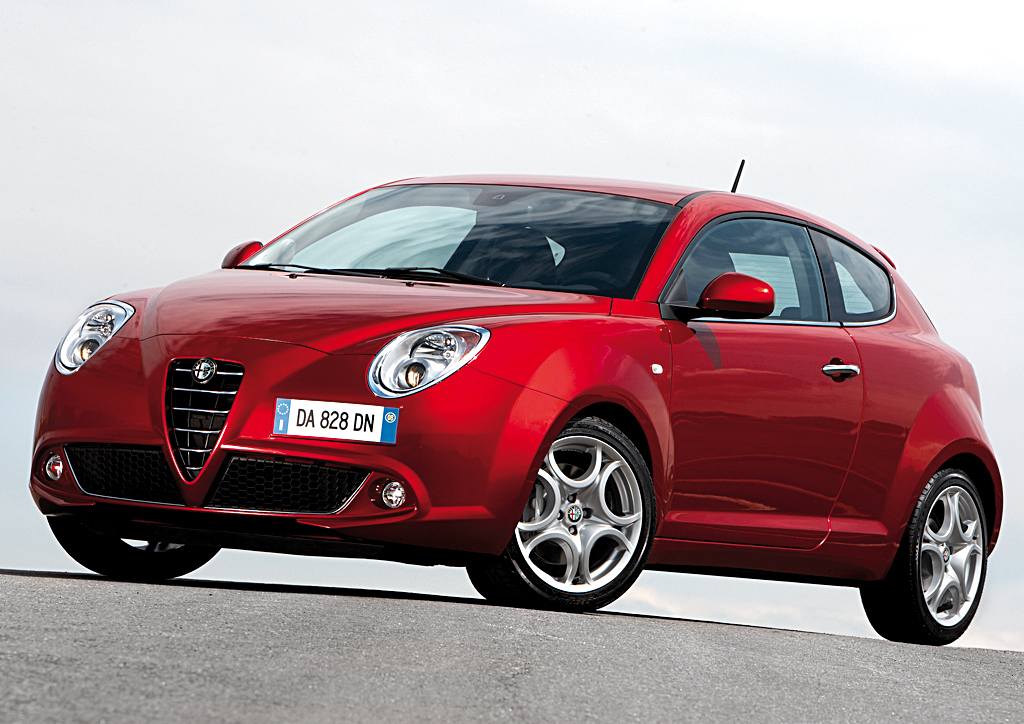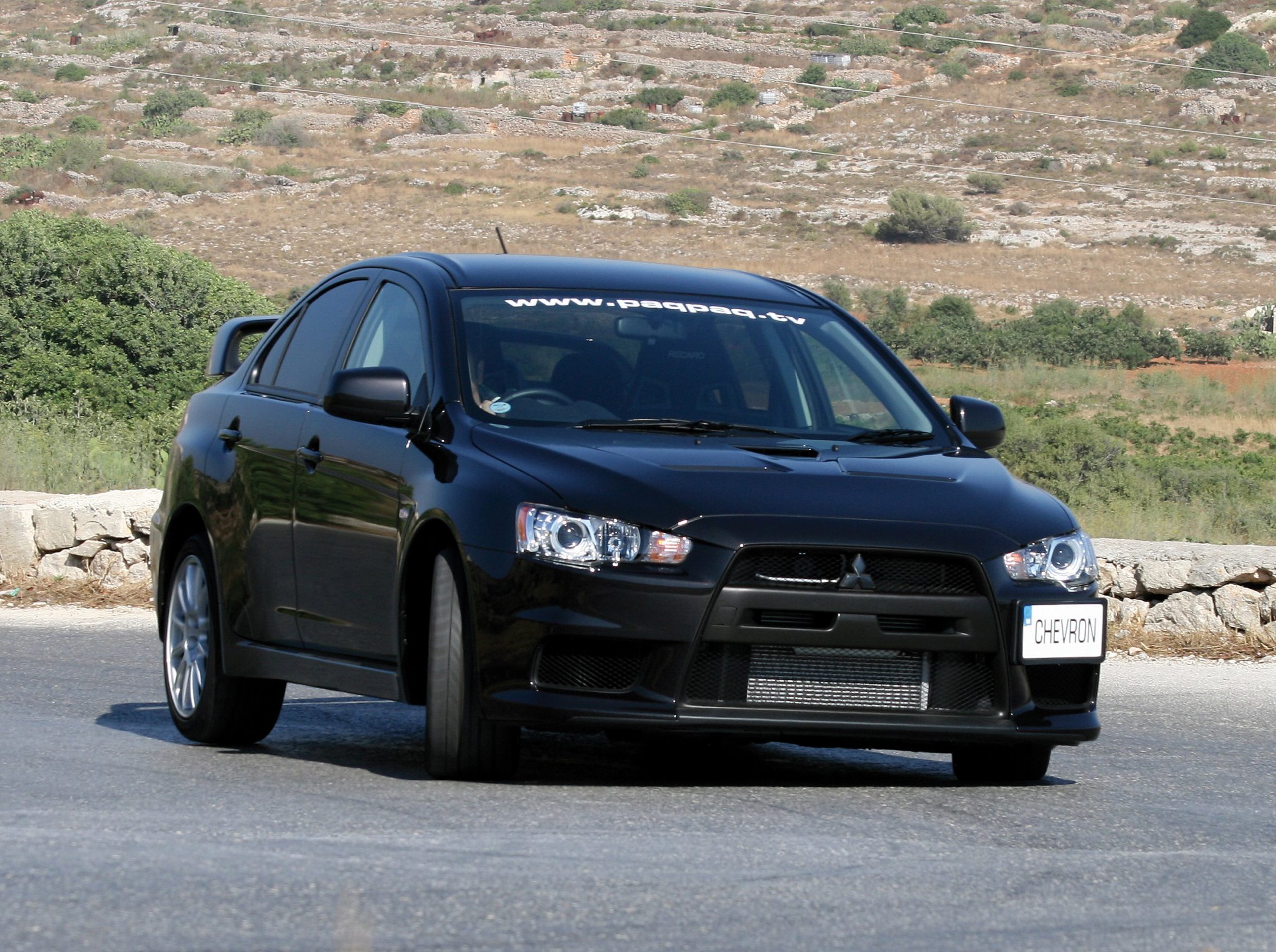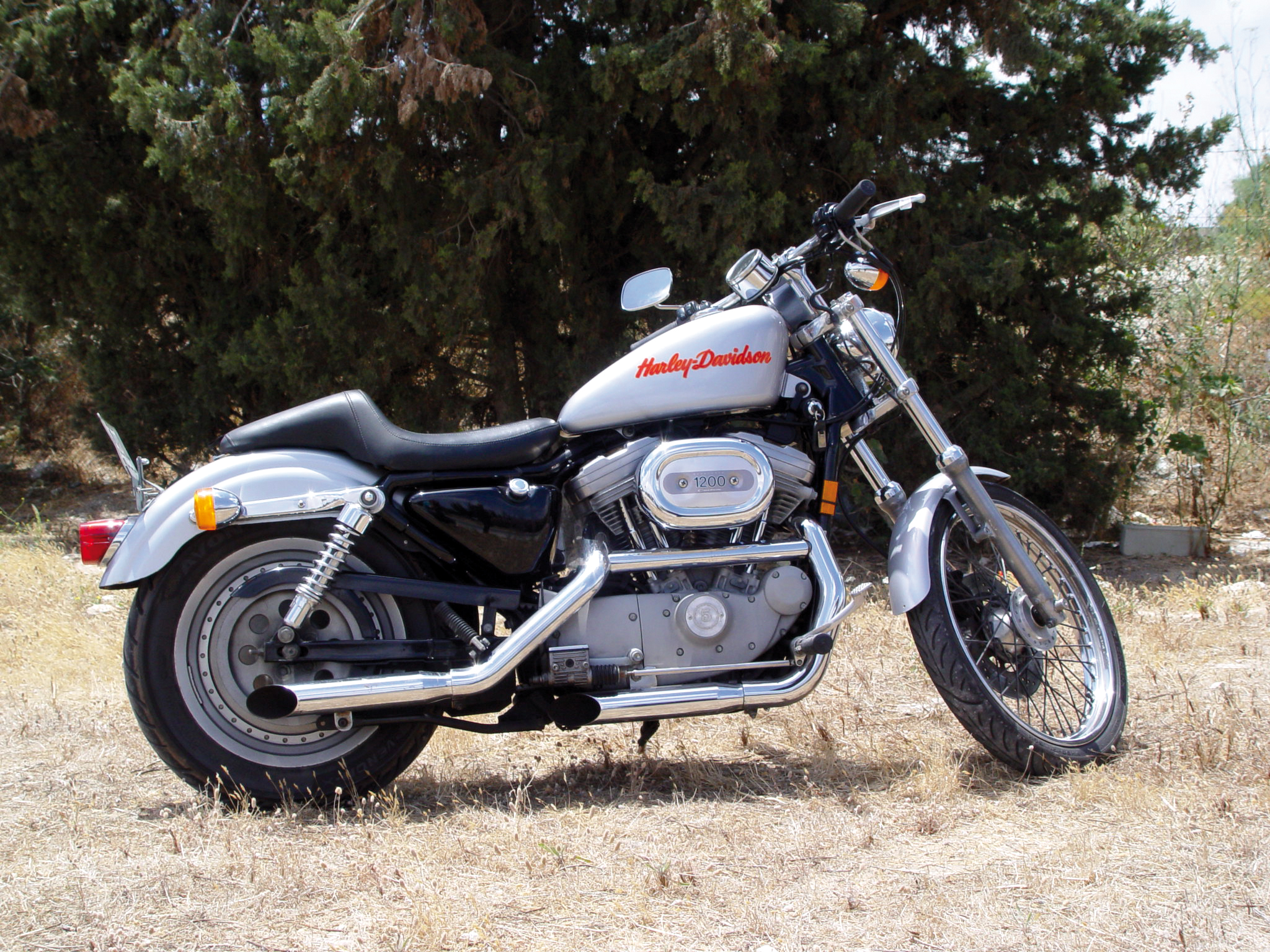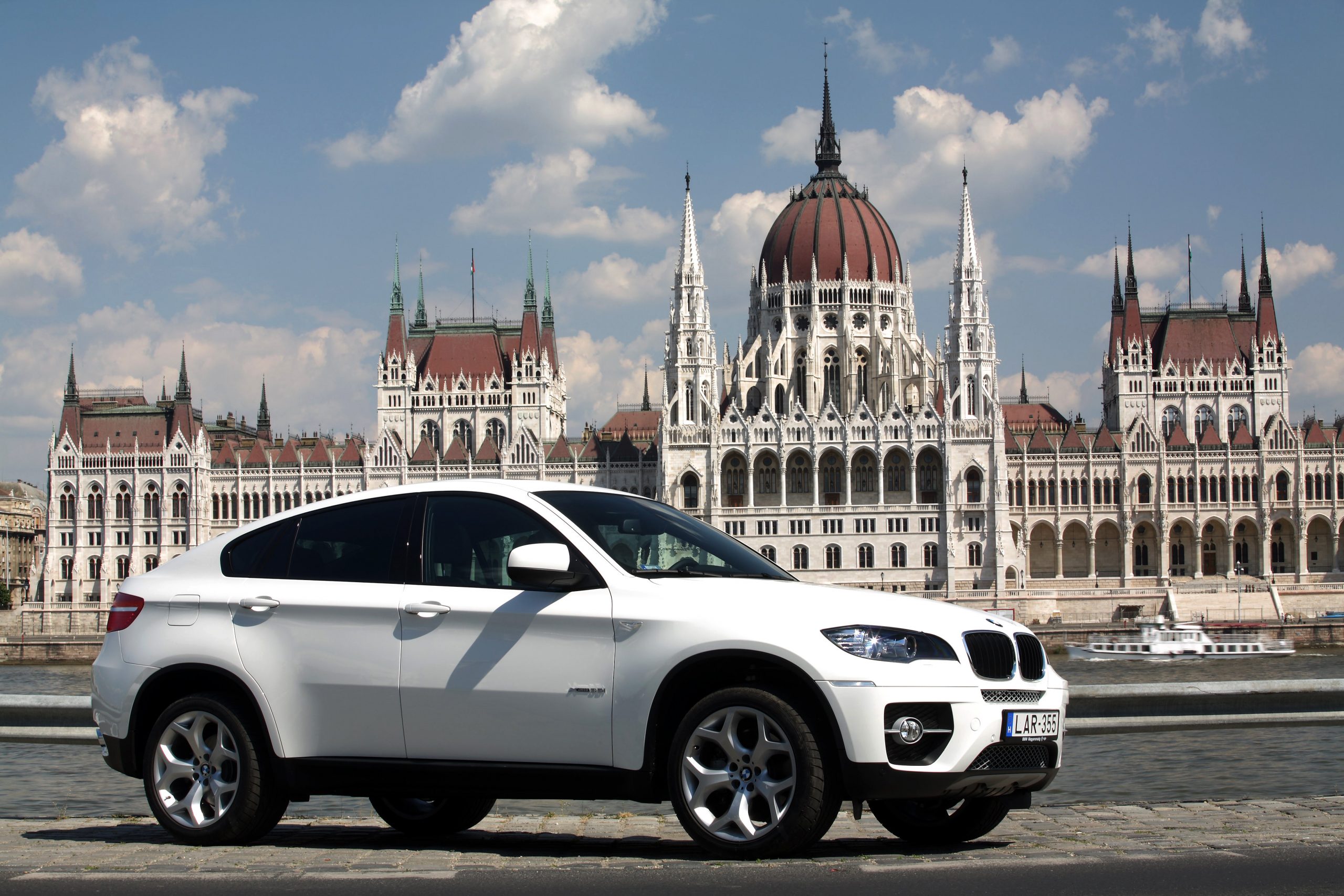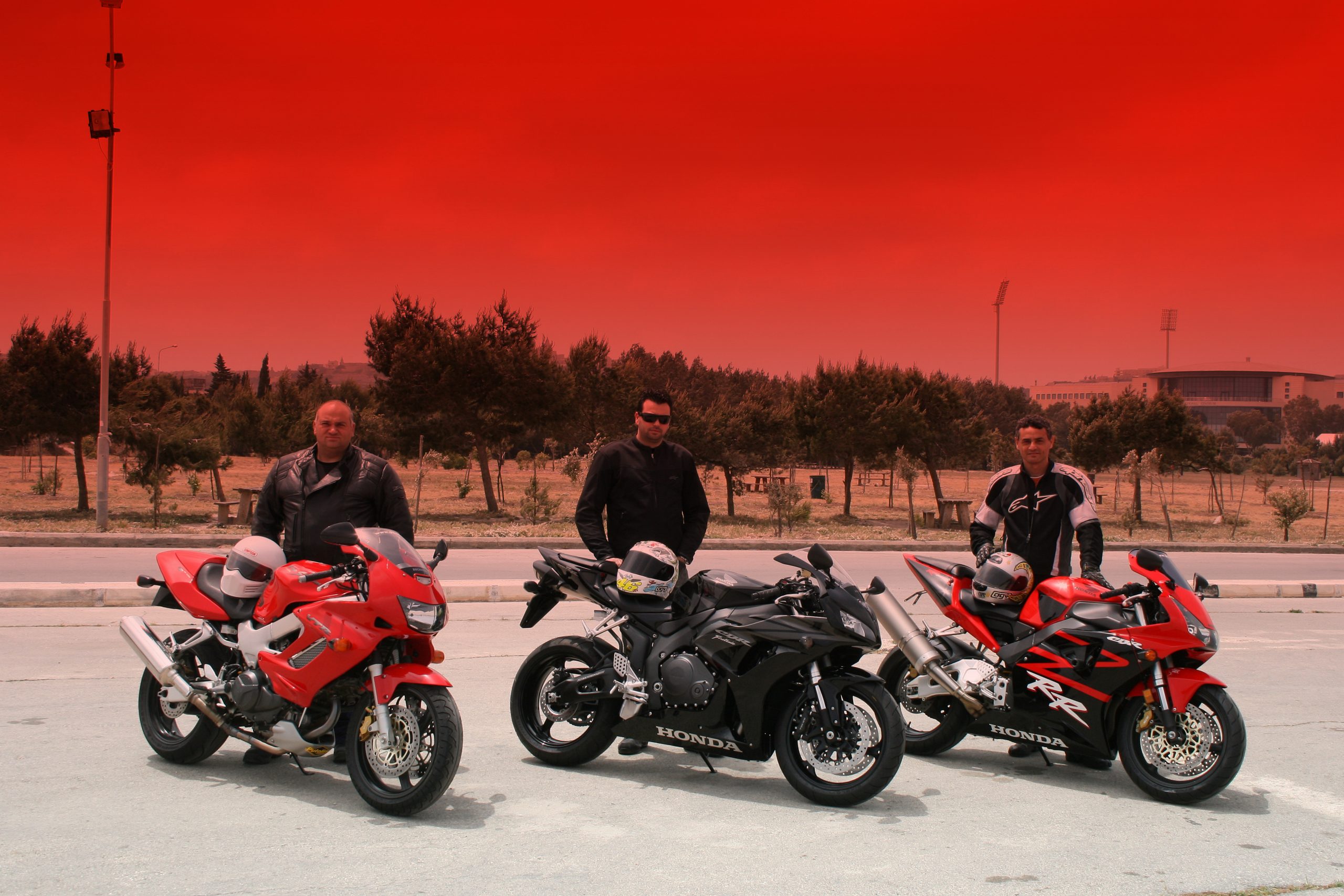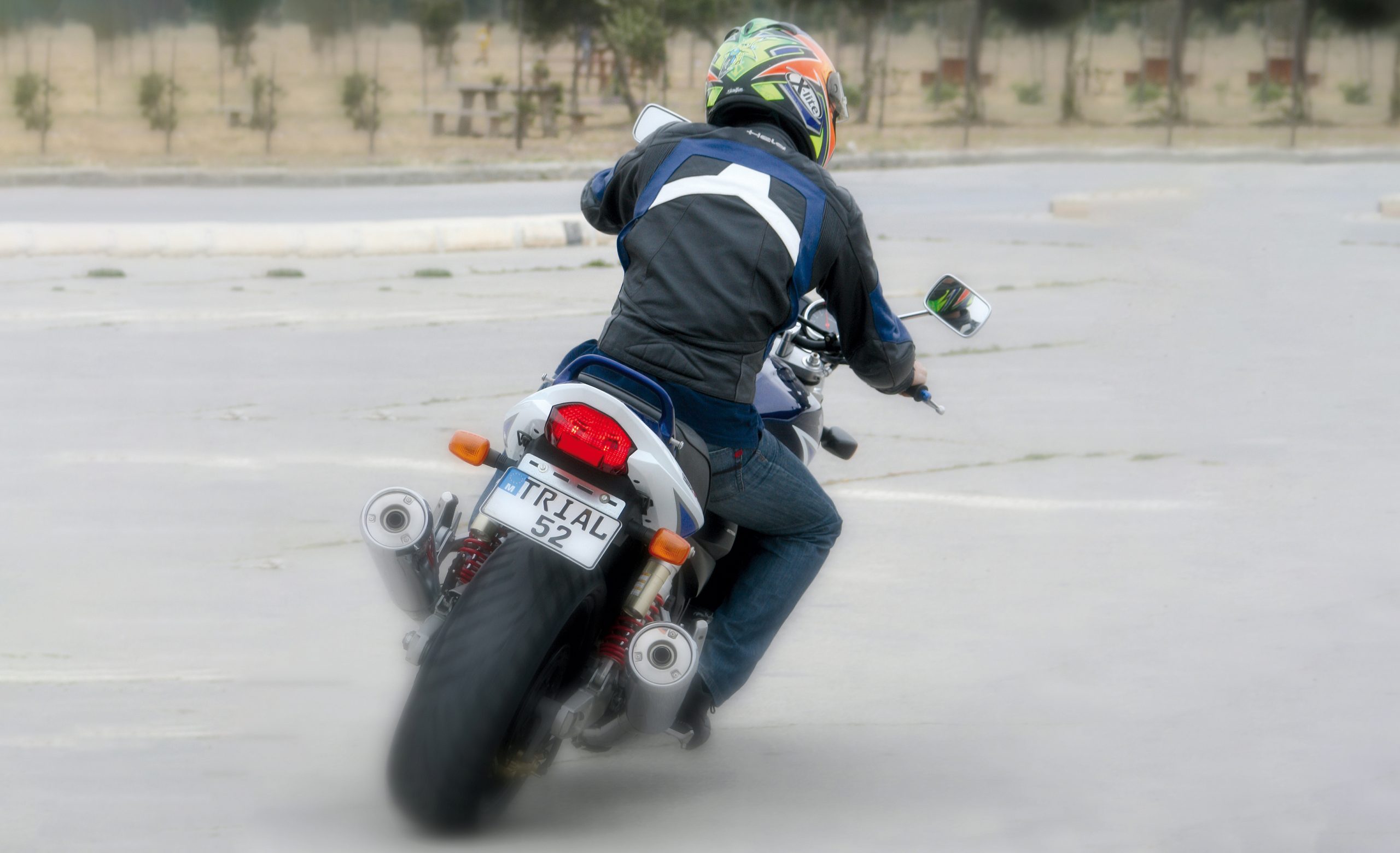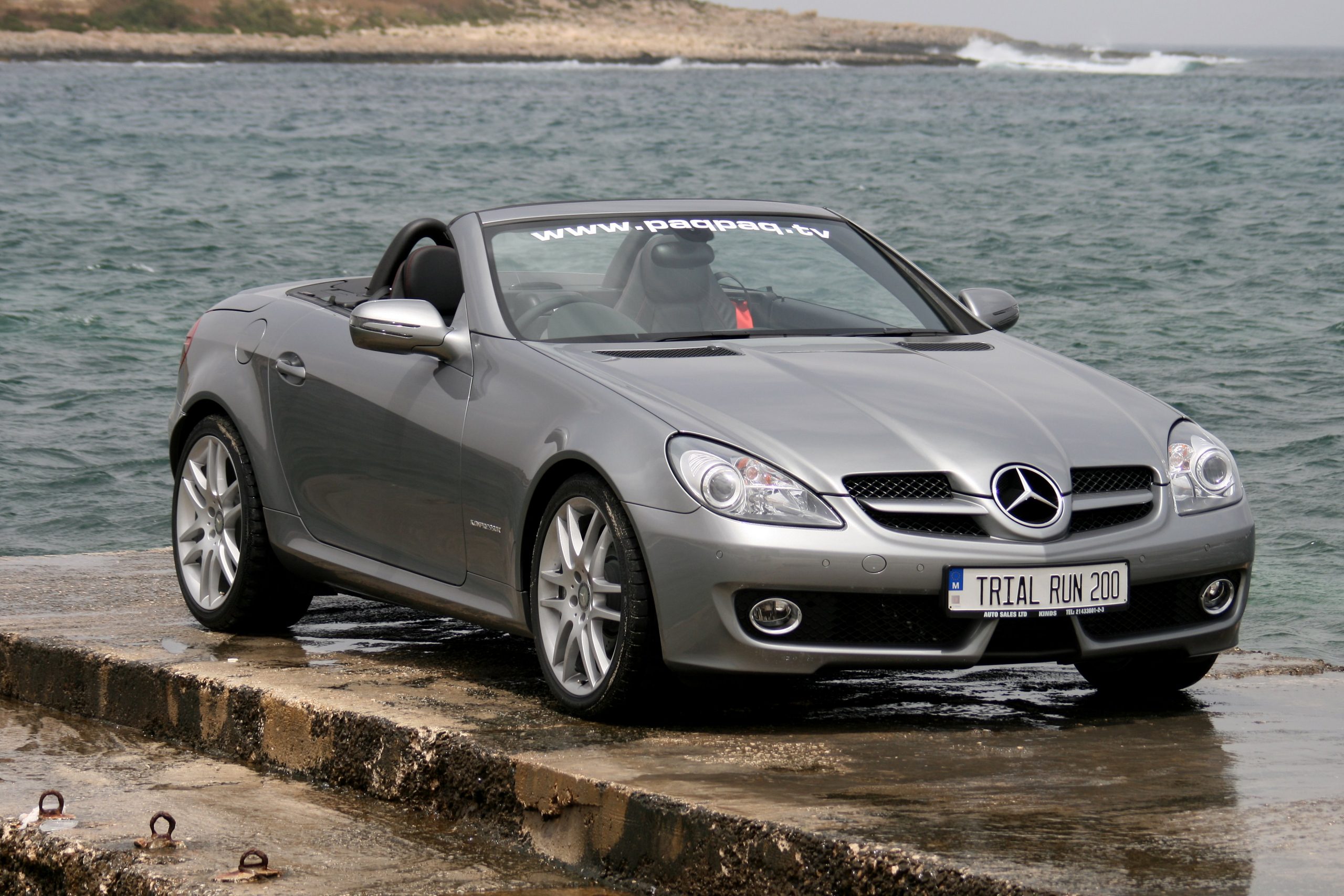Paqpaq
62 posts
Ain’t she Swede!
by TONIO DARMANIN Saab is one of those brands that I always enjoy discussing. The Scandinavian way of…
September 1, 2008
A Gixxer for the wrong reason
In my quest to experience as many different types of bikes as possible, I knew that sooner or…
August 4, 2008
Doors open to let the world in
The British International Motor Show 2008, sponsored by Zurich Connect, ended yesterday featuring 23 global debuts and more…
August 4, 2008
Talkin’ Bout an Evolution
by TONIO DARMANIN Tracy Chapman was actually talking about a revolution and that is what this radical model…
August 4, 2008
The first cut is the deepest!
by TONIO DARMANIN I was meandering through the selection of bikes at Gordon’s showroom, deciding which bike is…
July 7, 2008
Genetic engineering
PAQPAQ flies to Budapest in Hungary to drive BMW’s all new X6… both on the country’s not so…
June 2, 2008
Red line district
Save 50,000 litres of water a year from your leaking plumbing fixtures; recycle 250 litres of plastic bottles…
June 2, 2008
So many bikes, so little time…
The Kymco scooter has temporarily taken a secondary role as I jump from saddle to saddle riding as…
June 2, 2008
Cool roadster. Stunning coupé.
By TONIO DARMANIN I hate it, I absolutely hate it. The minute I start warming up to a…
June 2, 2008
The phantom returns
PAQPAQ recently visited the Rolls Royce factory in Goodwood, UK, to view the process required to produce the…
June 2, 2008



